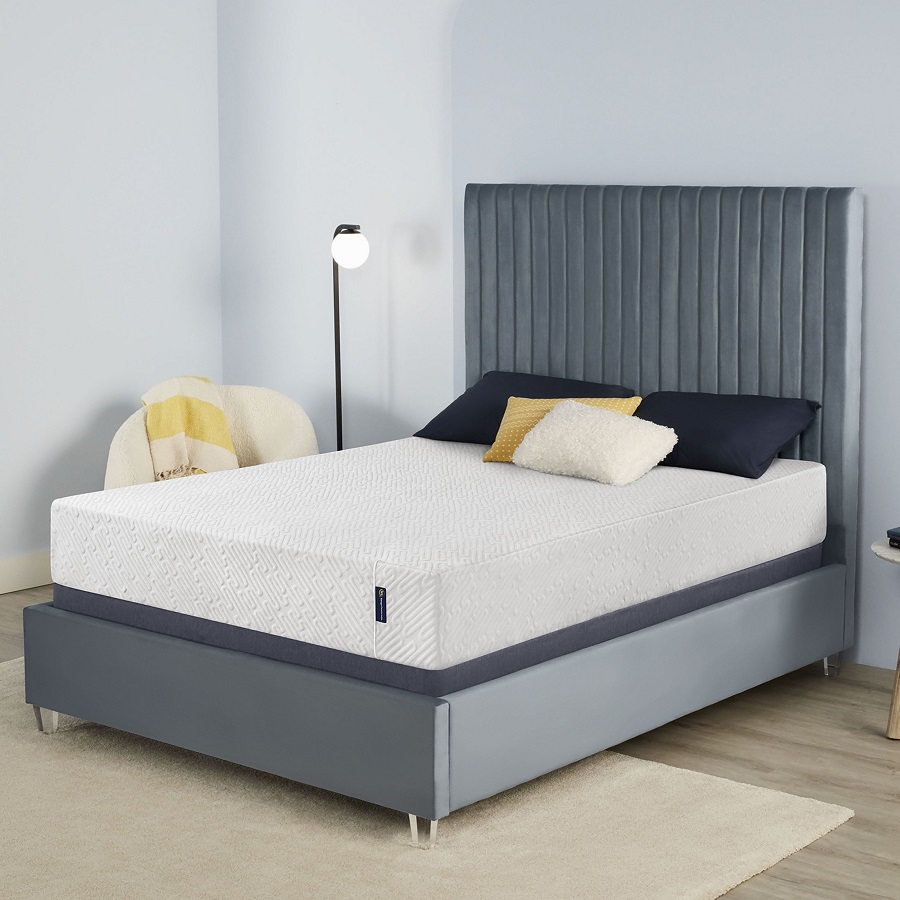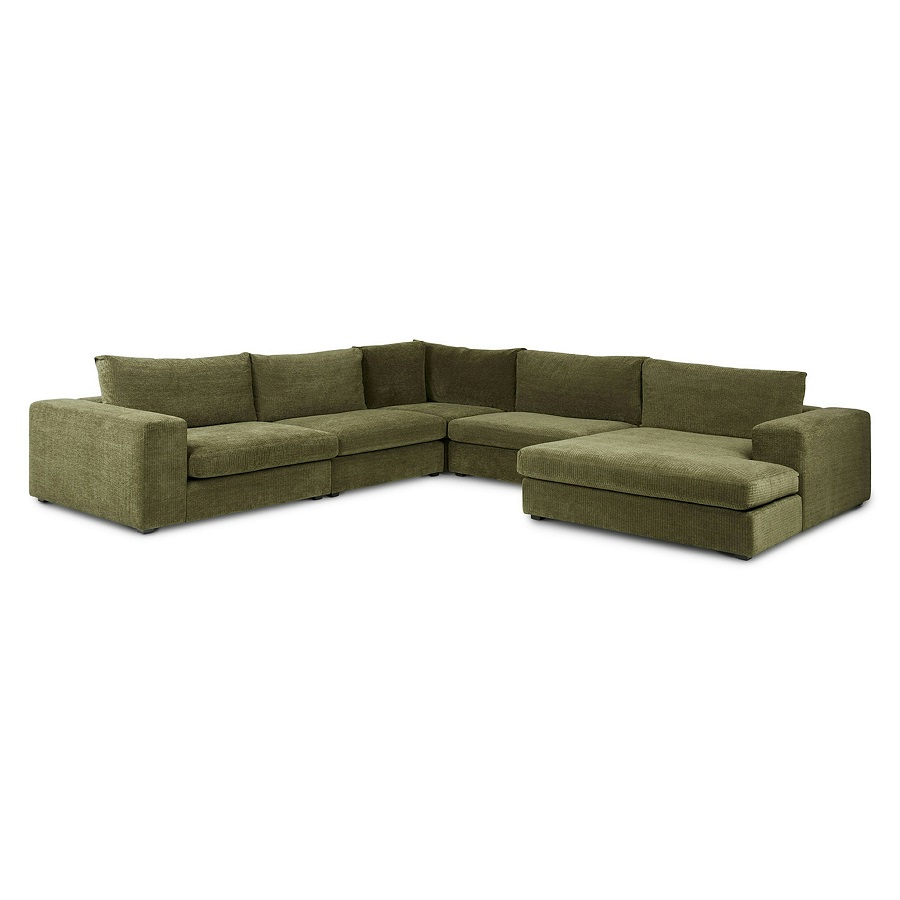Average Lifespan of Memory Foam Mattresses
Memory foam mattresses are a popular choice due to their comfort and support. Yet, many wonder, ‘How long do memory foam mattresses last?’ On average, these mattresses can serve you well for about 6 to 10 years. High-quality mattresses may even push beyond 10 years with proper care.
The specific lifespan of your mattress depends on several factors. These include the mattress’s material quality, how you use it, and regular maintenance. It’s vital to care for your mattress correctly to enjoy its full potential over the years.
Prolonging your mattress’s life means keeping it clean, rotating it periodically, and using a supportive base. Proper attention to these areas can help your investment go the extra mile. But remember, no matter how well you care for it, a mattress won’t last forever. Eventually, it will show signs of wear and need replacing to ensure continued good sleep quality.
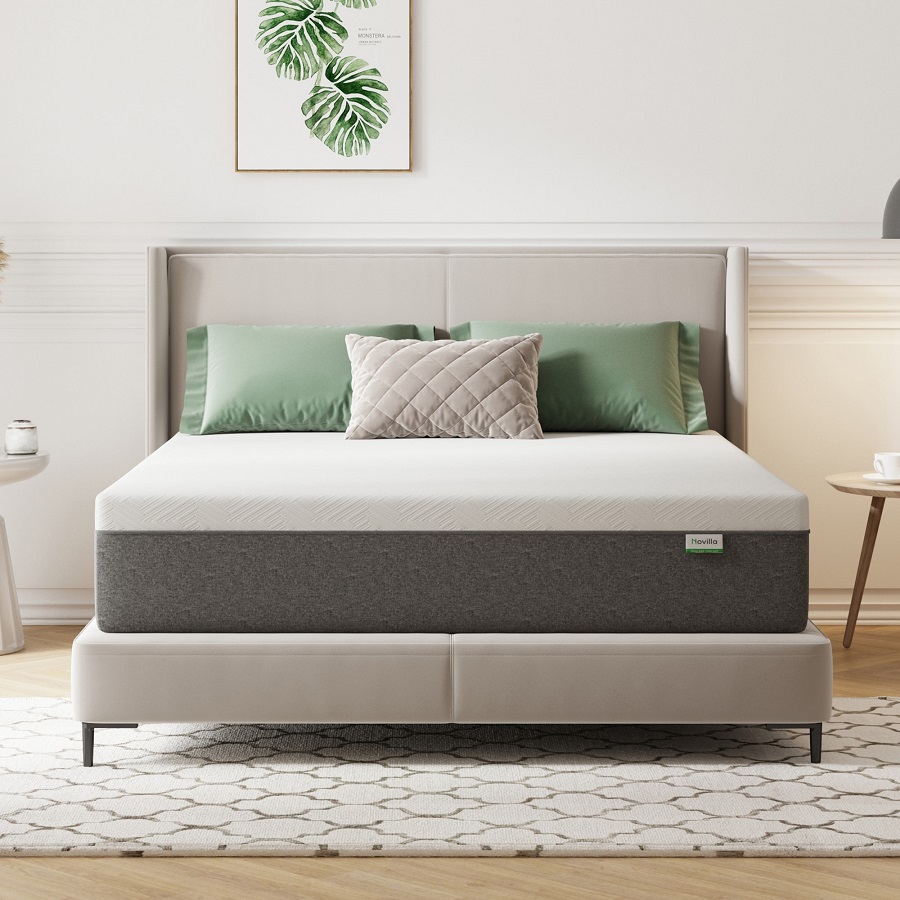
Factors Affecting Memory Foam Mattress Durability
When considering how long your memory foam mattress will last, several factors come into play.
Material Quality
Better materials mean a longer-lasting mattress. High-density foams provide durability but may cost more.
Usage Patterns
How often and how you use your mattress affects its life. Sleepers who are heavier or move a lot may see faster wear.
Care and Maintenance
Regular cleaning, avoiding spills, and rotation can preserve your mattress’s integrity longer.
Environmental Factors
Excessive heat, moisture, and humidity can deteriorate foam. A stable, cool room prolongs mattress life.
Supportive Base
A good foundation prevents sagging. Proper support from your bed frame or platform is essential.
By being mindful of these factors, you not only ensure a comfortable sleep but also maximize your memory foam mattress’s lifespan. Remember, consistent care will help maintain the quality and comfort of your mattress for years to come.
Identifying Signs of Mattress Aging
As your memory foam mattress ages, several signs may signal that it’s time for a replacement. Here are key indicators to watch for:
Sagging or Deep Indentations
When you notice dips or sagging areas, especially where you usually sleep, this can mean the foam has lost its resilience.
Reduced Comfort and Support
If you no longer feel the mattress cradling your body or if you wake up with aches, the foam may be wearing out.
Visible Tears or Damage
Rips, tears, or other visible damage to the mattress surface are clear signs that it’s time to update your bed setup.
Persistent Odors
Bad smells that linger, even after cleaning, might suggest a buildup of moisture or bacteria within the mattress.
Allergic Reactions
An increase in allergy symptoms may indicate the presence of dust mites or mold, suggesting the mattress is breaking down.
By keeping an eye out for these signs, you can better judge when to consider shopping for a new memory foam mattress. Remember, a fresh mattress can offer improved sleep and vital support for your body.
Tips to Extend Your Memory Foam Mattress’s Life
Want to make your memory foam mattress last longer? Here are some practical tips to help you extend the life of your memory foam mattress, ensuring that you get the most out of your investment.
Use a Mattress Protector
A mattress protector shields your mattress from spills, stains, and allergens. This simple layer can keep your mattress in top condition.
Rotate Your Mattress Periodically
Turn your mattress every six months. This prevents excessive wear in one area and evens out its use.
Ensure Proper Support
Use a solid foundation. This prevents sagging and maintains your mattress’s shape.
Keep it Clean
Vacuum your mattress regularly. Deal with spills promptly and avoid harsh chemicals.
Regulate Temperature and Humidity
Keep your sleep environment cool and dry. High heat or moisture can damage memory foam.
Don’t Jump on the Bed
Avoid putting heavy pressure on your mattress. This maintains foam integrity for longer.
Follow Manufacturer’s Care Instructions
Each memory foam mattress is unique. Follow the care guidelines for best results.
By integrating these simple habits into your routine, you can enhance the longevity of your memory foam mattress and enjoy many years of comfortable sleep.
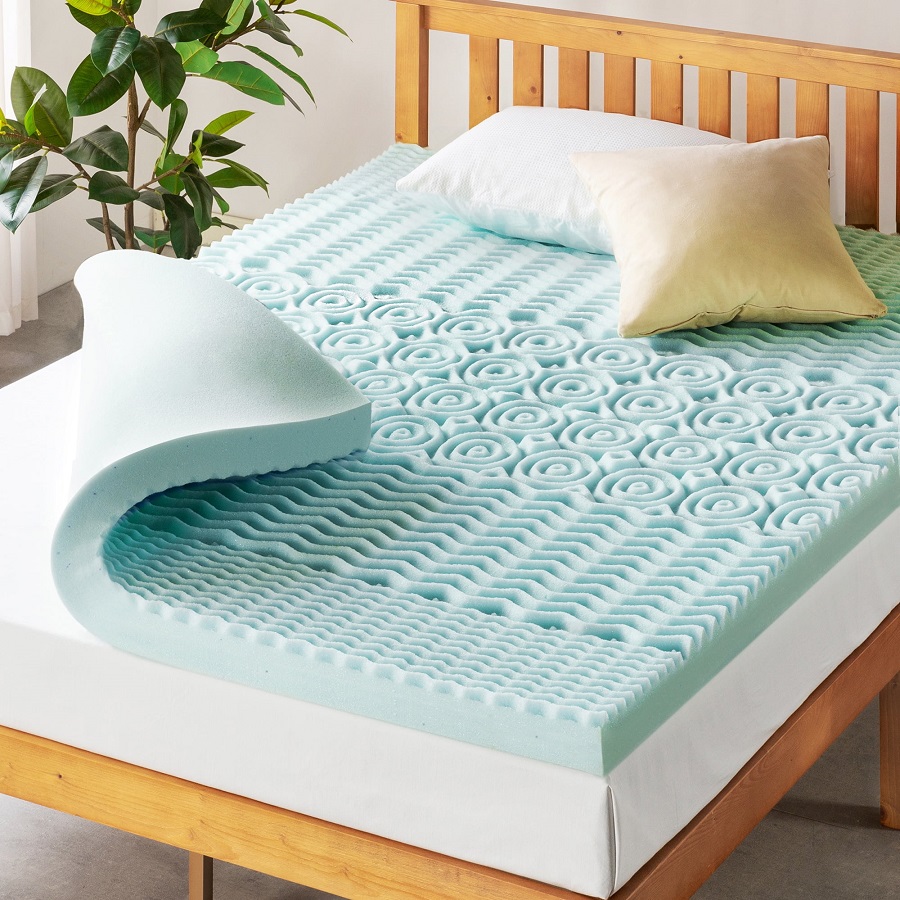
Choosing the Right Memory Foam Mattress
Selecting the right memory foam mattress can influence its lifespan. Here are key factors to guide you:
Consider Density and Material Quality
High-density foam offers longer-lasting support. Look for materials that are resilient and high-quality.
Match the Mattress to Your Sleeping Style
Choose a mattress that fits how you sleep. Side sleepers need softness for pressure points, while back sleepers need firmer support.
Check for Cooling Technologies
If you’re a hot sleeper, opt for a mattress with cooling features. Gel-infused or open-cell foams can reduce heat buildup.
Evaluate the Mattress Firmness
The right firmness can prevent sagging. A too-soft mattress may degrade faster, so find a suitable balance.
Assess the Manufacturer’s Reputation
Research brands with good customer reviews. Trusted manufacturers often ensure quality and durability.
Consider the Mattress Thickness
Thicker mattresses can offer more support and last longer. However, the layer composition is also crucial for longevity.
Read the Fine Print for Warranty
A good warranty can signal quality. Look for warranties of 10 years or more, indicating manufacturer confidence.
Selecting a memory foam mattress is more than just comfort. It is also an investment in long-term sleep health. Following these tips can lead to many years of satisfying rest.
The Role of Warranty and Manufacturer in Mattress Longevity
The warranty and manufacturer play key roles in the life expectancy of memory foam mattresses. A lengthy warranty often reflects the confidence a manufacturer has in their product’s durability. It’s a commitment to the mattress’s performance over time. Let’s delve into these influential factors:
Warranties as Quality Indicators
A warranty acts as a quality marker for memory foam mattresses. Manufacturers with longer warranties stand behind their products. They believe in the lifespan and durability of their mattresses. Warranties typically cover defects and sagging beyond a specific depth. Look for warranties that last 10 years or more. They indicate that the manufacturer expects the mattress to maintain its comfort and support for a decade.
Choosing a Reputable Manufacturer
When choosing your memory foam mattress, the reputation of the manufacturer matters. Renowned brands often use higher-grade materials, which translate to longer-lasting mattresses. Positive customer reviews and ratings can guide you towards trustworthy manufacturers. These brands not only produce quality mattresses but also uphold customer satisfaction.
Manufacturer Commitment to Innovation
The commitment of manufacturers to innovation can extend mattress longevity. Some brands continuously improve their materials and designs. This results in mattresses with better support, comfort, and durability. Memory foam mattresses that incorporate cooling technologies or higher-density foams often last longer. This is because they address common degradation factors, like heat retention.
In short, the warranty and manufacturer’s reputation give insights into a mattress’s potential lifespan. Look for long warranties and renowned brands with a track record of innovation. They are signs of a mattress that will offer enduring comfort and support.
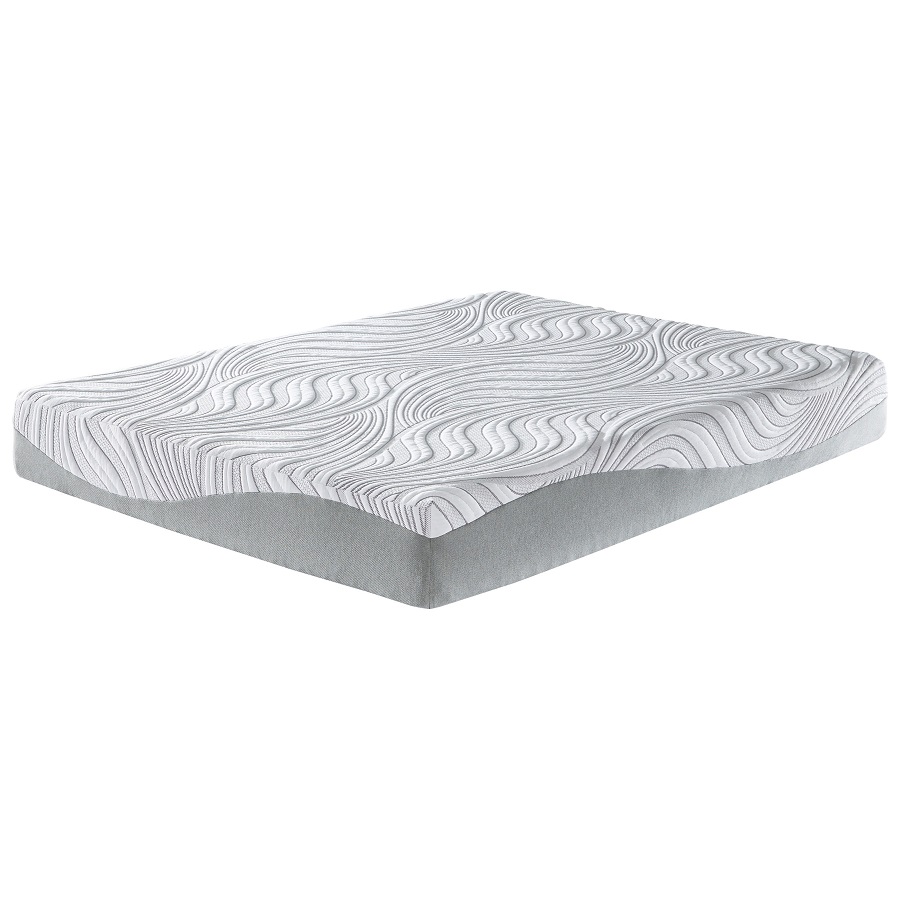
Proper Maintenance Practices and Their Impact
Proper care and maintenance of a memory foam mattress directly influences its lifespan. Here are some essential maintenance practices and their positive impact on your mattress’s longevity:
Regular Cleaning
Keep your mattress fresh by cleaning it regularly. Vacuum to remove dust and allergens that can cause wear.
Spill Management
Deal with spills promptly to prevent long-term damage or odors that can affect mattress materials.
Adequate Support
Ensure your bed base offers solid support. This prevents mattress sagging and maintains structure.
Environment Control
Manage room temperature and humidity. Excessive heat or dampness accelerates foam breakdown.
Rotation Schedule
Rotate your mattress semi-annually to even out wear and maintain foam elasticity.
Use of Mattress Protectors
Invest in a quality protector. It guards against damage from spills and contaminants.
By faithfully following these practices, your memory foam mattress will likely last within the higher range of its expected lifespan. This translates to more years of comfortable sleep and a better return on your bedding investment.
Avoiding heavy stress like jumping on the bed and adhering to weight advisories helps too. Regular upkeep not only extends your mattress’s life but also ensures ongoing comfort and support. Remember to check the manufacturer’s guidelines for specific care instructions unique to your memory foam mattress model.
When to Consider Replacing Your Memory Foam Mattress
Knowing when to replace your memory foam mattress is key for your comfort and health. Generally, you should consider getting a new mattress if the old one is between 6 to 10 years old. But, there are other signs that should prompt you to make a change sooner.
Look for Visible Wear and Tear
Check your mattress for obvious signs of damage. These include tears, holes, or significant sagging. If you see these, it’s time for a new mattress.
Assess Your Sleep Quality
If you’re not sleeping well or waking up with pain, your mattress may be to blame. A worn-out mattress won’t support your body right.
Watch for Allergy Symptoms
An increase in allergies can suggest dust mites or mold in your mattress. If you notice this, a replacement might be necessary.
Consider the Firmness Level
A mattress that feels too soft or has lost its firmness won’t provide good support. If the firmness has changed, consider a replacement.
Remember, a good mattress is vital for restful sleep. Don’t wait too long to replace a mattress that’s not serving you well. Look out for these signs and prioritize your sleep health by investing in a new memory foam mattress when needed.






